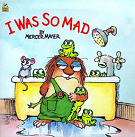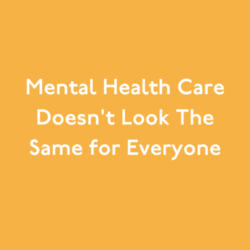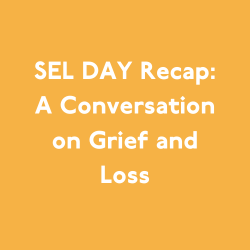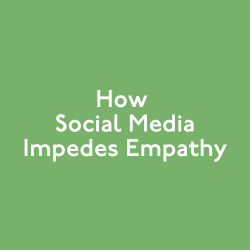October 10th is World Mental Health Day, a day meant to raise awareness and help advocate against the social stigma that is often associated around mental illness. On this day, people will gather to discuss mental health, the impact it has on lives worldwide, and set out to find ways that we can improve mental health care around the world. This day provides an opportunity to raise awareness on issues such as mental illness, brain function, and habits that can affect our mental wellbeing.
The topic of mental health is relevant to everyone. Most adults still lack access to proper health care, and youth mental health is worsening. Mental illness does not know age, gender, race, ethnicity or social status. We as a society are currently facing the repercussions of an overall lack of awareness, and mental health support.
So, what does mental health in America currently look like? Studies reveal that approximately 1 in 5 adults in the U.S.experiences mental illness in a given year, nearly 60% of these individuals did not receive mental health services.
This epidemic is affecting young children, too, with 1 in 5 youth between the ages of 13 and 18 experiencing a severe mental disorder at some point during their life. Without appropriate care, the results are detrimental. NAMI reports that suicide is the second leading cause of death for people aged 15–24.
The social effects of poor mental health services are obvious: suicide rates rising among children, the correlation between mental health and homelessness, and the lack of resources for people of color.
Though the numbers are devastating, this is not a hopeless situation. Young people have the innate ability to beat their adversities. This means that with certain preventative measures, we can build more resilient adults. We can help children to understand that although certain circumstances may be out of their control, their responses and choices very much are.
It’s clear that mental health is an important topic. So how can we as a society begin to take steps in the right direction? It starts in our schools.
Discussing mental health with your students may seem overwhelming. However, World Mental Health Day is the perfect time to breach these topics with your students. Here are 4 simple ways you can recognize World Mental Health Day in the classroom.
Download our webinar to learn more about supporting mental health with social emotional learning.
Temperature Check
Encourage your students to track their moods. Have students complete a “mood tracker” throughout the day to show how emotions can change from moment to moment.
Because emotions are subjective, your students should create their own mood meters. The mood meter needs to model the look and feel of your student’s emotions.
Teaching children to identify and manage their emotions regularly is a skill that will help carry them into adulthood. The ritualization of identifying and managing our emotions promotes resilience because we’re equipping ourselves with the tools to effectively express our emotions and to respond to stressful situations in healthy ways.
Creative Expression
To be creative is to be vulnerable. Creative expression allows for us to authentically connect with ourselves and others. Creativity can be used as just one of our tools for emotional management and coping.
Provide your students with options for expressing themselves creatively. Some students may want to paint a picture that describes a feeling, others might want to write a song. These activities can be therapeutic and studies show that happiness and creativity go hand in hand.
Inspirational Notes
A little positivity goes a long way. Have your students create positive messages for their peers. Students could create posters with inspirational quotes to hang up around the school, take part in a mural, or even create cards specifically for classmates.
An article published by the Harvard Business Review states that inspiration increases wellbeing, fosters creativity, and facilitates the progression towards goals.
Literature
Sometimes literature explains things in ways that we can’t and can help students understand difficult topics. The books below are related to mental health issues and will teach students to identify strong emotions, such as worry and anger, as well as appropriate strategies to process their feelings.
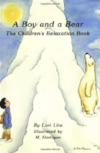
A Boy and a Bear: The Children’s Relaxation Book by Lori Lite
This story of a young boy who encounters a polar bear while climbing a snow-covered mountain. The story teaches children relaxation techniques to reduce stress, prepare for sleep, and improve self-confidence.
You can listen to A Boy and a Bear: The Children’s Relaxation Book here.
I Was So Mad by Mercer Mayer
The story is told through the eyes of a child. Hilarious and heartwarming, this story teaches children about anger and impulse control.
You can listen to I Was So Mad and other Mercer Mayer books here.
You can find other books that cover an array of mental health topics for young people here.
World Mental Health Day helps bring awareness to issues that impact many individuals on a daily basis. However, we need to prioritize mental health everyday.
Let’s talk about mental health with our children so we can build more resilient adults. Let’s equip students with the tools to healthily manage and identify their emotions so we can build communities where everyone is empowered to thrive.
Check out Move This World for more resources on stress management and emotional wellbeing, for you and your students.
Sign up for Move This World’s newsletter to stay up to date on social emotional learning.
Enter your email below!

